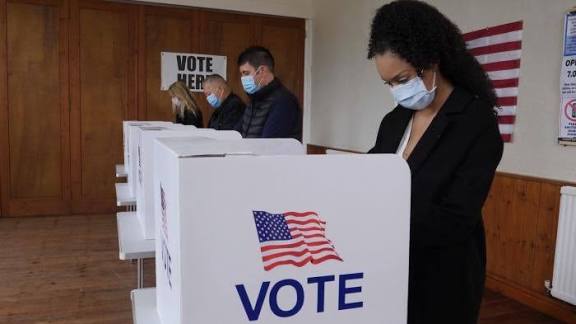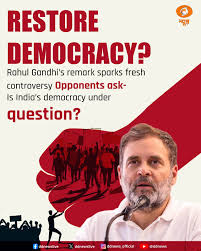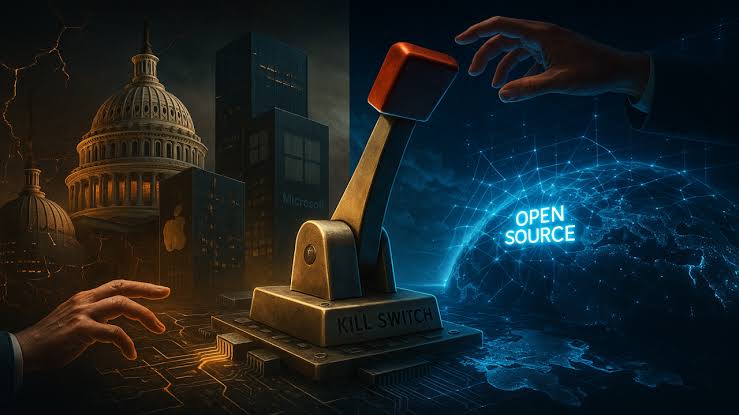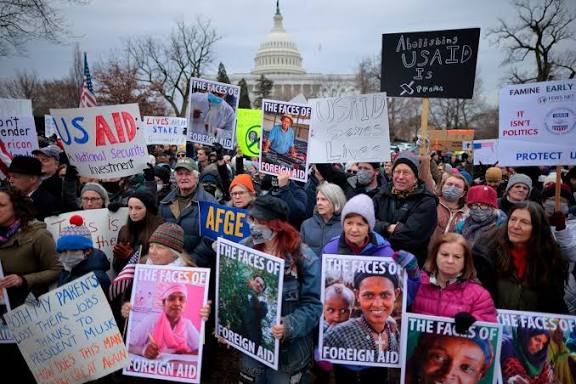Milei election day 2025: elections are coming up in NY 2025,my early voting location
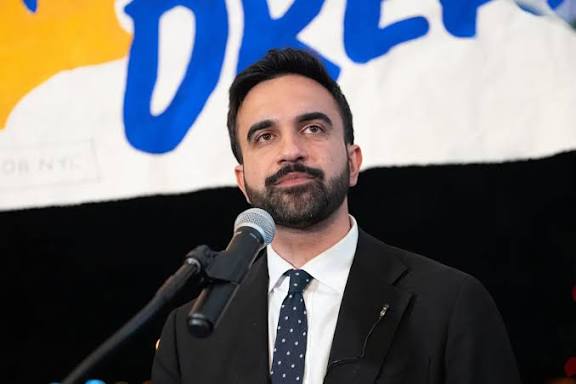
Local stocks rose more than 20% and the peso strengthened more than 10% against the dollar. Today we will discuss about Milei election day 2025: elections are coming up in NY 2025,my early voting location
Milei election day 2025: elections are coming up in NY 2025,my early voting location
“Milei Election Day 2025” with a combined focus on Argentina’s 2025 Milei elections and New York’s 2025 general election early voting guide.
Milei Election Day 2025: Democracy, Reform, and Voter Preparedness in New York
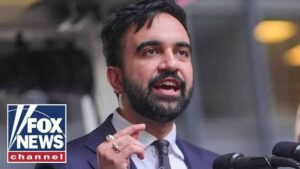
Introduction
The year 2025 marks a turning point for democracy across two hemispheres. In Argentina, President Javier Milei faces the defining test of his libertarian reforms during the midterm elections, while in the United States, voters in New York prepare for their own general elections. Though separated by geography, these events share a common thread: the power of citizens to influence change through the ballot box.
This article explores two intertwined stories — Milei’s impact on Argentine politics and the practical side of participating in New York’s 2025 elections, including early voting logistics and tips. Together, they highlight the vital role of civic engagement in shaping both local and global futures.
Part 1: Javier Milei and Argentina’s 2025 Election Landscape
Who Is Javier Milei?
Javier Milei, Argentina’s president and the leader of the La Libertad Avanza movement, has built a political brand centered on libertarian economics, anti-establishment rhetoric, and promises to dismantle decades of bureaucratic inefficiency. His rise from economist and TV commentator to head of state was fueled by frustration with chronic inflation, poverty, and political stagnation.
Milei’s philosophy is grounded in free-market principles: shrinking the size of the state, cutting public spending, reducing subsidies, and promoting individual liberty. His campaign slogans—calling for “freedom, order, and merit”—resonate strongly with younger voters and entrepreneurs tired of Argentina’s cycle of crisis.
Milei’s 2025 Midterm Elections: A Defining Moment
In 2025, Argentina’s midterm elections became a referendum on Milei’s first two years in power. His party, La Libertad Avanza, captured a strong share of the vote—around 40 percent nationwide—demonstrating that his reform message still connects with large segments of the population.
These elections reshaped Argentina’s political balance. Traditional Peronist and center-left factions suffered losses, while Milei’s coalition gained ground in several key provinces. For the first time in decades, Argentina’s political map showed clear fragmentation, with new alliances emerging and traditional power bases eroding.
Why the 2025 Election Matters
Milei’s success in the 2025 midterms carries both symbolic and practical significance:
Consolidation of Power: Strength in Congress gives Milei a stronger mandate to advance reforms—particularly in labor, tax, and state-owned enterprise restructuring.
Signal to Investors: International markets view the results as a sign of relative political stability, encouraging cautious optimism for Argentina’s economic recovery.
Public Patience and Pressure: While some voters continue to support Milei’s tough economic medicine, others fear austerity’s social cost—raising the question of how long popular patience will last.
The challenge ahead is translating electoral momentum into tangible results. Milei’s government must balance reform urgency with social stability—a difficult task in a country historically wary of rapid liberalisation.
Argentina’s Economic and Social Crossroads
The Milei administration has prioritised restoring fiscal discipline, controlling inflation, and attracting foreign investment. Early measures include cutting public employment, deregulating markets, and proposing the dollarisation of the economy—a move still under heated debate.
These bold steps are praised by supporters as necessary “shock therapy,” but critics warn of deepening inequality and unemployment. Unions, educators, and social movements have mobilised against layoffs and subsidy cuts, while international observers watch to see whether Milei can maintain public trust.
Despite polarisation, Milei’s messaging remains consistent: “Argentina must choose between freedom and decline.” The 2025 elections, in his view, reaffirmed that many citizens are willing to give his vision more time.
Global Relevance of Milei’s Movement
Beyond Argentina, Milei’s rise is part of a broader global trend: the rejection of political elites, frustration with slow growth, and demand for ideological clarity. His outspoken style and social-media presence resonate beyond borders, making him a symbol of anti-establishment sentiment in Latin America and beyond.
In geopolitical terms, Argentina’s trajectory under Milei affects regional alliances, trade relations, and energy policy. With its vast lithium reserves and agricultural strength, Argentina remains a critical player in the global supply chain—and Milei’s policies could reshape how the country engages with partners such as Brazil, the U.S., and China.
Looking Ahead in Argentina
Milei’s electoral momentum in 2025 provides breathing room, but challenges loom. To maintain support, his administration must deliver measurable progress on inflation, employment, and living standards. If reforms fail to yield quick benefits, his movement could face the same volatility that propelled it to power.
Key questions for 2026 and beyond include:
Can Milei secure a lasting legislative majority?
Will economic liberalisation translate into growth and stability?
Can social tensions be managed without undermining reform goals?
How will Argentina’s political culture evolve after decades of state-centric policies?
The answers will determine whether Milei’s “freedom revolution” becomes a lasting legacy or a temporary reaction to crisis.
Part 2: Election Day 2025 in New York – Your Complete Voter Guide
While Argentina debates national reform, voters in New York are preparing for their own critical moment. The 2025 General Election is scheduled for Tuesday, November 4, 2025, with early voting available across the state. Whether you’re in the city or upstate, planning ahead ensures your voice is heard.
Key Election Dates for New York 2025
Early Voting Period: Saturday, October 25 – Sunday, November 2, 2025
Election Day: Tuesday, November 4, 2025
Poll Hours: 6 a.m. to 9 p.m. statewide
These dates apply to all counties, though local boards of elections may adjust early voting hours. Always check your registration details before voting.
Why Early Voting Matters
Early voting has transformed participation in New York, offering flexibility and reducing crowding on Election Day. The benefits include:
Shorter Wait Times: Avoid the rush by voting mid-week or during less busy hours.
Scheduling Freedom: Perfect for commuters, caregivers, or anyone with unpredictable schedules.
Fewer Last-Minute Problems: Illness, bad weather, or unexpected travel won’t prevent you from casting your ballot.
By spreading out voter turnout, early voting also helps election officials manage the process more efficiently.
How to Find Your Early Voting Location
Every county in New York operates designated early voting sites. These may differ from your regular Election Day polling place, so double-checking is essential.
To find your site, contact your county Board of Elections or use New York’s online voter lookup tool. You’ll be able to see both early-voting and Election Day locations, along with daily operating hours.
In New York City, each borough—Manhattan, Brooklyn, Queens, the Bronx, and Staten Island—has multiple early-voting centers, often located in schools, community centers, or government buildings.
What to Bring When Voting
For most registered voters in New York, photo identification is not required. Your name and address appear in the poll books. However, first-time voters who registered by mail and did not provide ID may be asked for proof of identification such as:
Driver’s license or non-driver ID
Current utility bill, paycheck, or government document showing your name and address
Always verify your voter status beforehand to avoid surprises.
Early Voting Hours in Typical NYC Locations
Although times can vary slightly by borough, most early-voting sites follow a similar schedule:
Weekends (Oct 25–26): 9 a.m. – 5 p.m.
Midweek (Oct 28–30): 10 a.m. – 8 p.m.
Final Weekend (Nov 1–2): 8 a.m. – 4 p.m.
If you vote outside of New York City, check your county’s official election site for updated hours.
Voting Accessibility and Language Assistance
All early-voting and Election Day sites in New York must comply with accessibility standards. This includes ramps, wide entryways, and ballot-marking devices for voters with disabilities.
Additionally, bilingual ballots and interpreters are available in multiple languages including Spanish, Chinese, Korean, Bengali, and Russian. If you need assistance, you have the right to bring someone with you or request help from election staff.
Absentee and Mail-In Ballots
If you cannot vote in person, you can still make your voice heard through absentee or mail-in ballots. To do this:
Request your ballot before the deadline (usually one week before Election Day).
Complete and return it by mail, drop-off box, or in person at your local board office.
Track your ballot to confirm it was received and counted.
If you request a mail-in ballot but decide to vote in person, you must use an affidavit ballot instead of the regular machine.
Step-by-Step Early Voting Tips
Verify Registration: Confirm your voter registration status and address.
Locate Your Site: Identify both your early-voting and Election Day locations.
Check Hours: Plan your visit according to the posted schedule.
Prepare Your Ballot: Review candidates, local propositions, and referendums ahead of time.
Bring Required Items: Have ID or documentation ready if needed.
Vote Confidently: Ask poll workers for assistance if you encounter technical or language issues.
Common Questions About Voting in 2025
Can I vote at any early-voting site?
Only if you are within your county. Each county’s voters must use sites designated for that county.
What if I moved recently?
You can update your registration address before the election or vote by affidavit ballot.
Can I bring my child or a companion?
Yes. As long as they do not interfere with voting, family or friends may accompany you.
Are employers required to give time off to vote?
Yes. New York law allows employees up to two hours of paid time off to vote if they do not have sufficient free time outside working hours.
Part 3: Democracy in Action – Connecting Argentina and New York
The stories of Milei’s Argentina and New York’s 2025 elections might seem worlds apart, but both illuminate universal democratic truths.
Citizenship Is Active, Not Passive: Whether voting to reform a nation’s economy or electing a city mayor, democracy thrives when citizens participate.
Information Is Power: Voters who understand policy, candidates, and logistics are better equipped to make meaningful choices.
Accountability Drives Progress: Milei’s midterm test mirrors the accountability New York voters demand from their local officials.
Turnout Shapes the Future: Low participation benefits entrenched interests; high turnout drives renewal.
These parallels remind us that every vote—whether in Buenos Aires or Brooklyn—represents a personal investment in collective progress.
Part 4: The Broader Meaning of Election Day 2025
Election Day is not just a date on the calendar; it’s a symbol of civic freedom. Across continents, it reaffirms that individuals, not institutions, are the final arbiters of legitimacy.
For Argentina, Election Day 2025 tested the resilience of Milei’s vision—a vision grounded in radical change, fiscal restraint, and personal liberty. For New York, the same period emphasizes practical empowerment—organising, showing up early, and making informed decisions.
In both places, the outcome depends not only on leaders but on voters themselves. Democracy is strongest when people engage, question, and choose deliberately.
Conclusion
The Milei Election Day 2025 moment reflects two parallel lessons: transformation requires participation, and participation requires preparation.
In Argentina, President Milei’s midterm victory reinforced his mandate to pursue sweeping reforms while challenging the endurance of democratic patience amid economic hardship. In New York, upcoming general elections remind voters that freedom is practiced at the polls—through early planning, civic awareness, and informed choice.
As Election Day approaches, whether you’re following the global implications of Milei’s experiment or simply confirming your local polling site, the message is the same: your vote matters. It’s not just a civic duty—it’s a declaration of belief in the possibility of change.
How useful was this post?
Click on a star to rate it!
Average rating 0 / 5. Vote count: 0
No votes so far! Be the first to rate this post.
About the Author
usa5911.com
Administrator
Hi, I’m Gurdeep Singh, a professional content writer from India with over 3 years of experience in the field. I specialize in covering U.S. politics, delivering timely and engaging content tailored specifically for an American audience. Along with my dedicated team, we track and report on all the latest political trends, news, and in-depth analysis shaping the United States today. Our goal is to provide clear, factual, and compelling content that keeps readers informed and engaged with the ever-changing political landscape.
